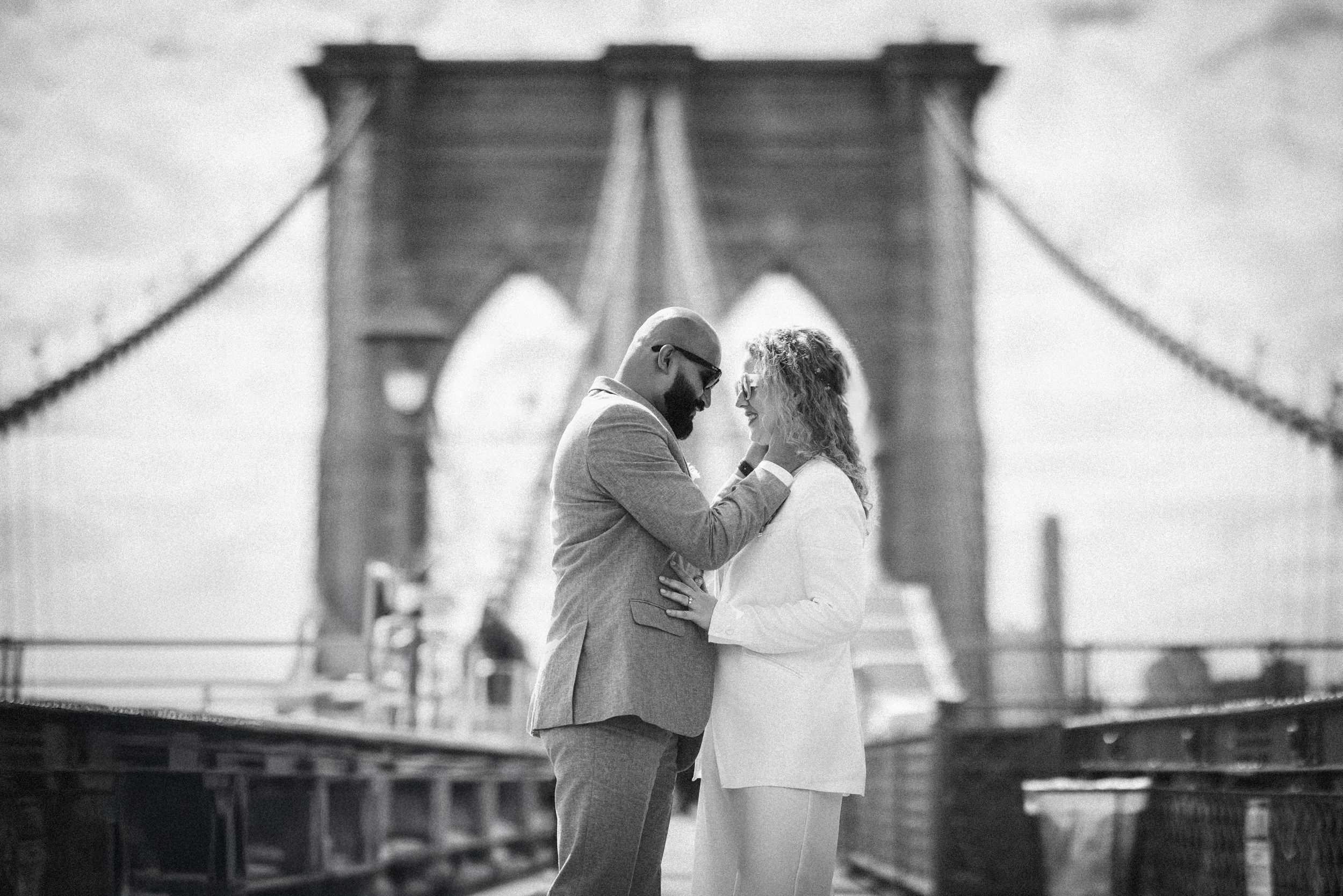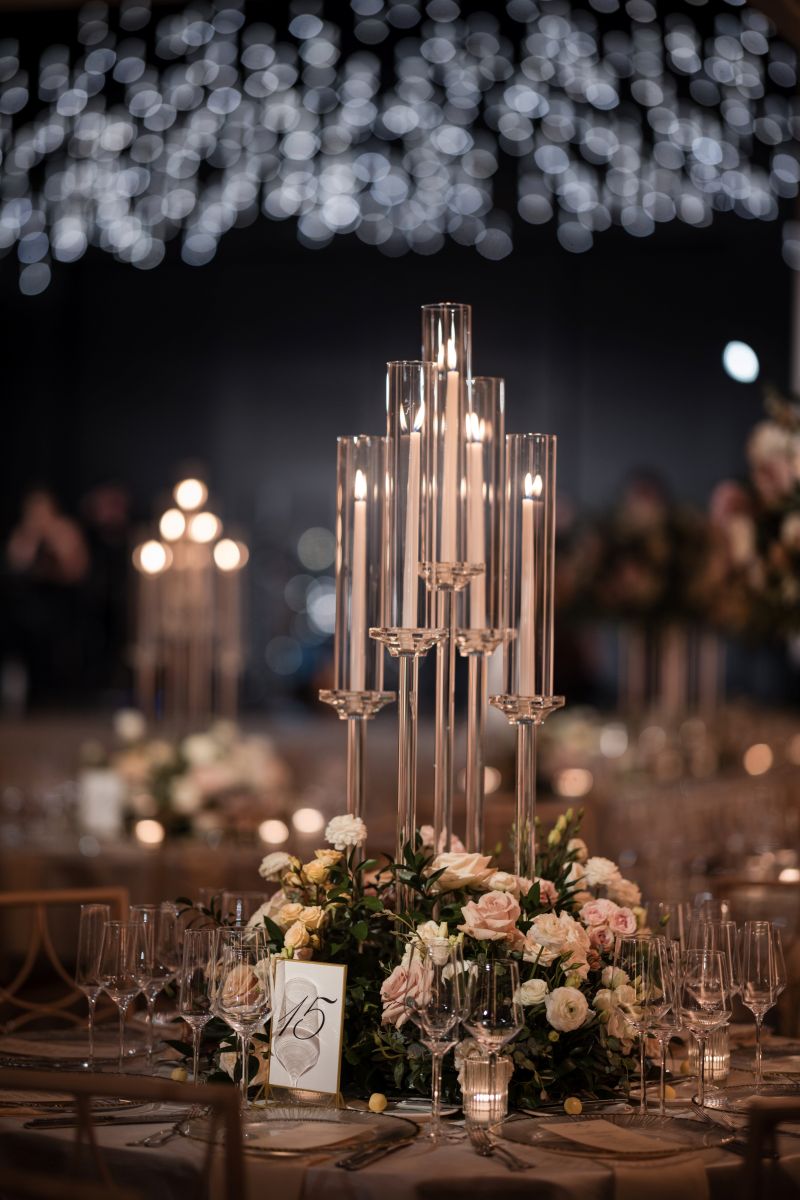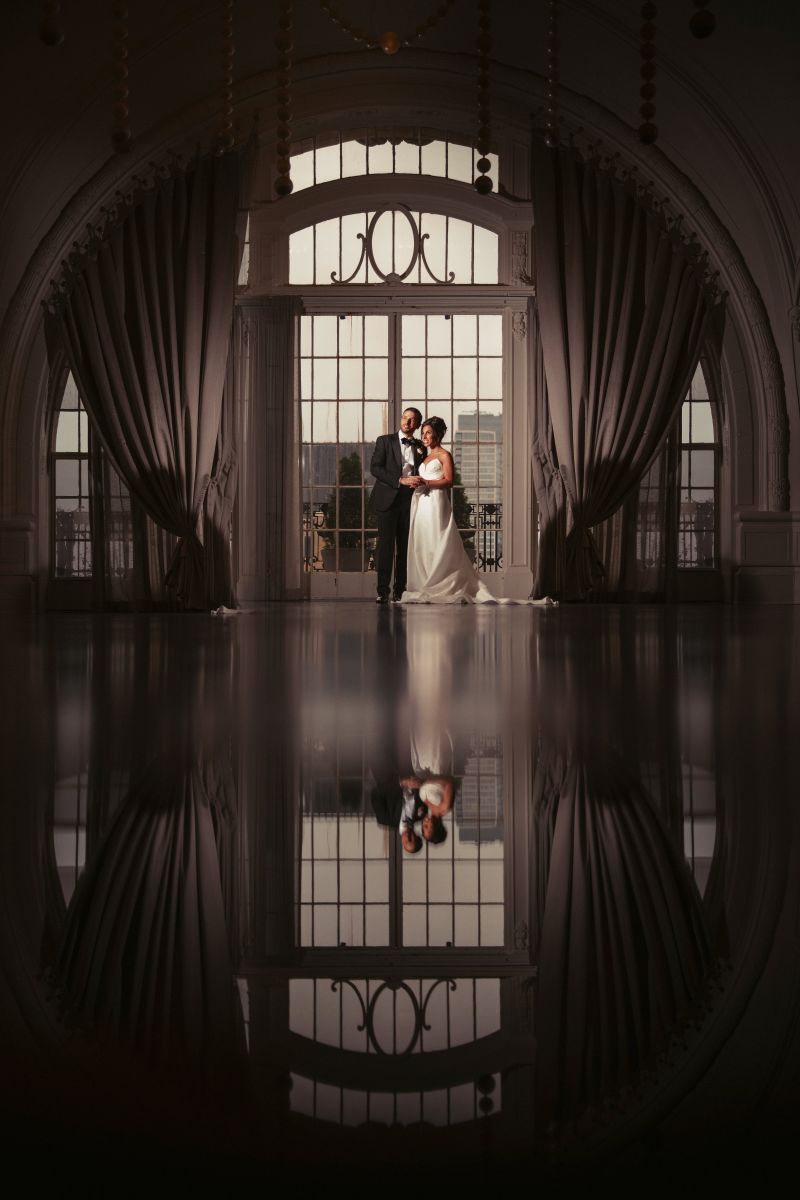One of the most common questions I receive during consultations is What’s the difference between 8 hours and 10 hours of wedding photography? On paper, it may seem like a minor difference. But in reality, those extra two hours can completely change what parts of your day are documented and how relaxed that documentation feels.
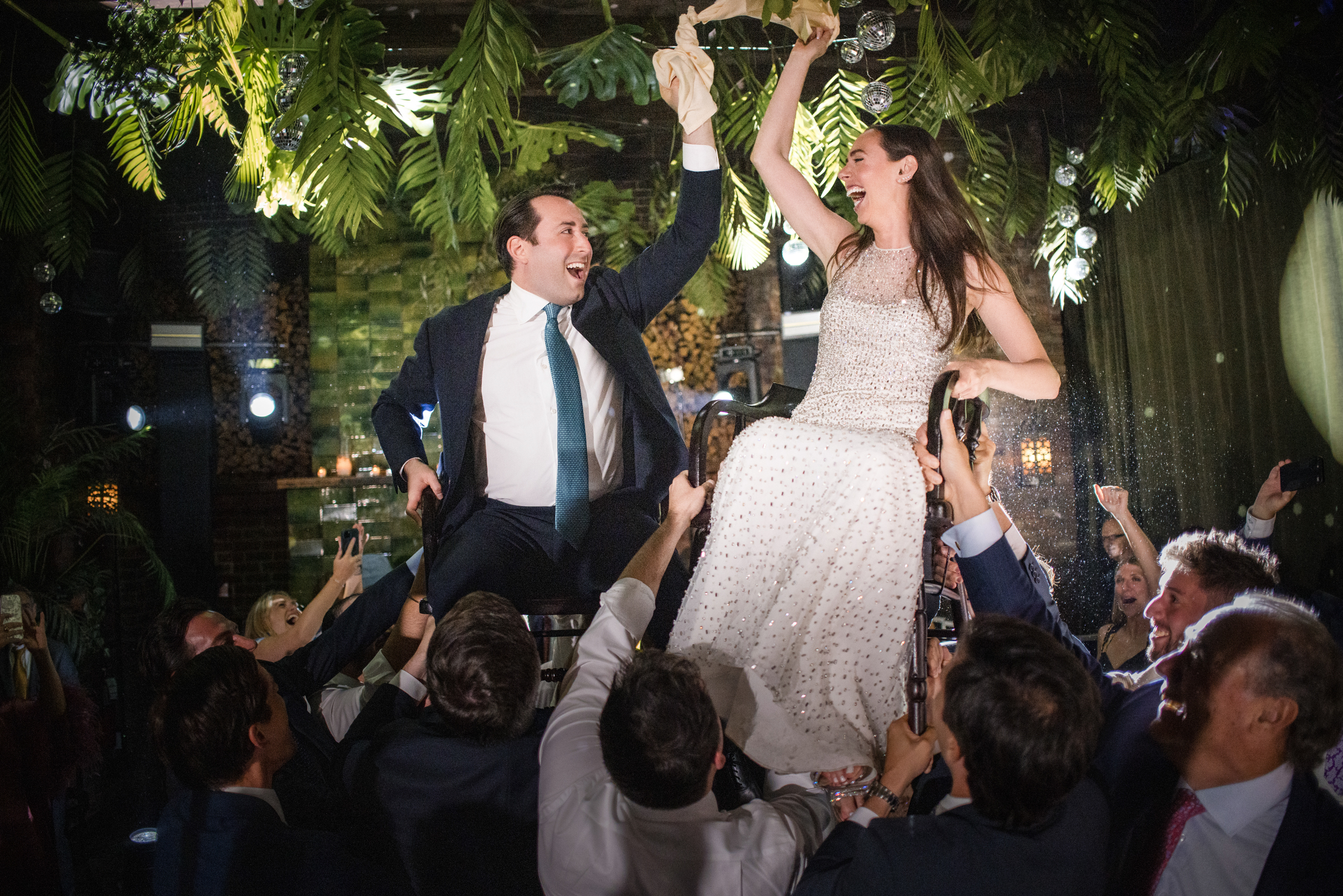
What You Can Usually Fit in 8 Hours
If everything is in one location—say, you’re getting ready, having your ceremony, cocktail hour, and reception all in the same space—8 hours can be just right. You can typically cover the final moments of getting ready, a first look (if you’re doing one), portraits, the ceremony, cocktail hour, and a portion of the reception. You’ll get the key elements, especially if there’s a clear timeline in place and everything runs smoothly.
What gets tight is the in-between. There’s not a lot of margin if hair and makeup run over, if traffic is worse than expected, or if portraits take longer than planned. It also usually means I leave sometime after the main dances and toasts, so moments like late-night dancing, outfit changes, or spontaneous speeches might not make it into the final gallery.
What You Can Fit in 10 Hours
With 10 hours, the entire day breathes more. It’s enough time to photograph full getting-ready coverage—including both parties if you’re in separate locations—and still have time for quiet candids and styled flatlays. It’s space to shift gears if something runs behind. It’s coverage that extends through the whole reception, including late-night dancing, cake cutting, and anything you have planned for the end of the night.
If you’re layering in portraits at multiple locations (perhaps getting ready in a hotel, then heading to the venue, with portraits somewhere in between), 10 hours provides flexibility without feeling rushed. It also allows for fuller storytelling. The images unfold with less pressure and more room for genuine moments.
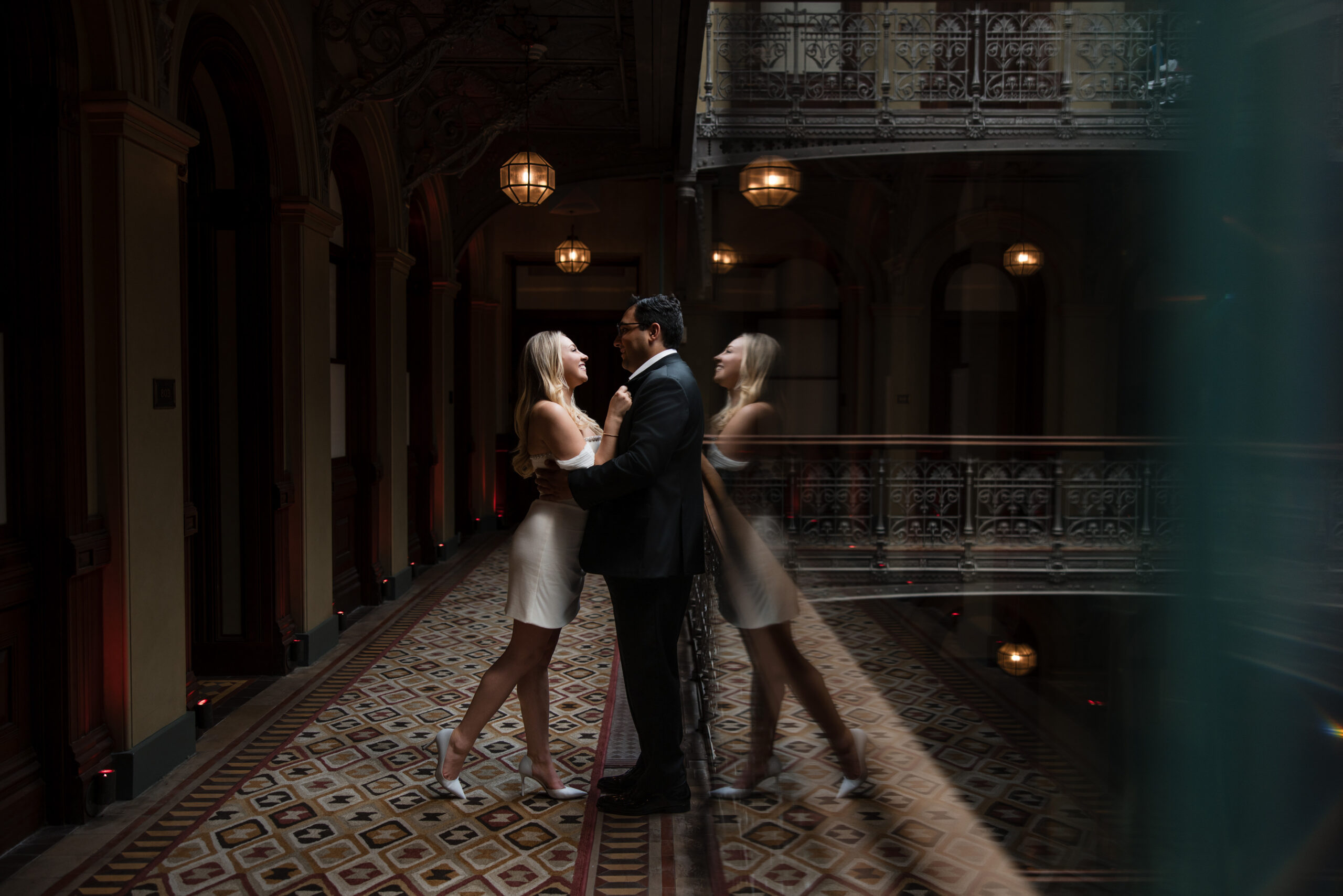
Which One Do You Really Need?
That depends on what matters most to you. Suppose you’re prioritizing coverage of the whole reception. In that case, if you’re preparing at a separate location or if your timeline is complicated by travel or cultural traditions that require more time, 10 hours is likely the better fit.
If your wedding is streamlined and you’re not as concerned about the later part of the party, 8 hours might be perfect.
I always walk couples through this process to create a timeline that reflects their specific plans, not just a generic schedule. The goal is to ensure that the parts of your day that matter most are covered and that the experience of being photographed never feels rushed.
If you’re unsure which one suits you best, let’s discuss it further. It’s not just about quantity. It’s about how that time shapes the story we get to tell.
